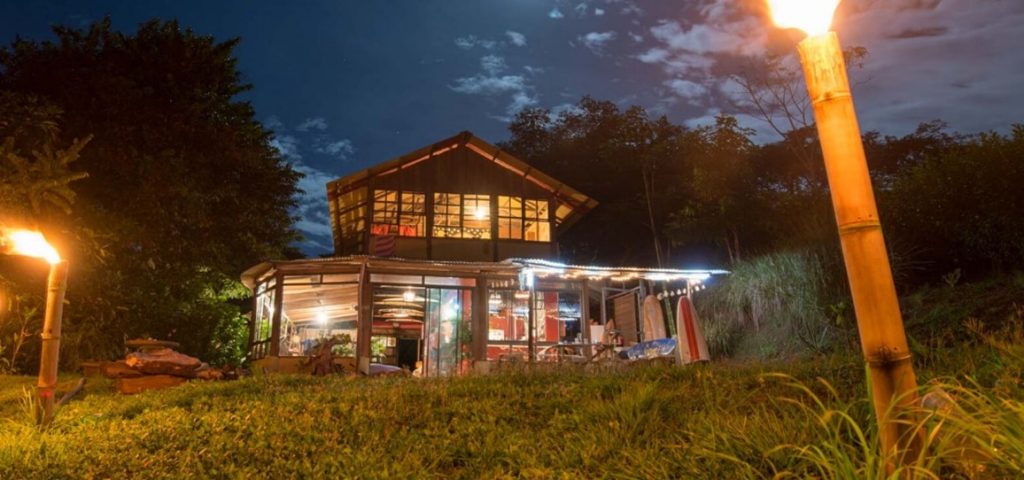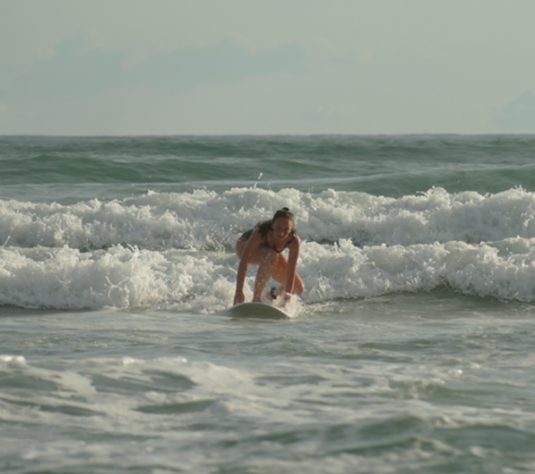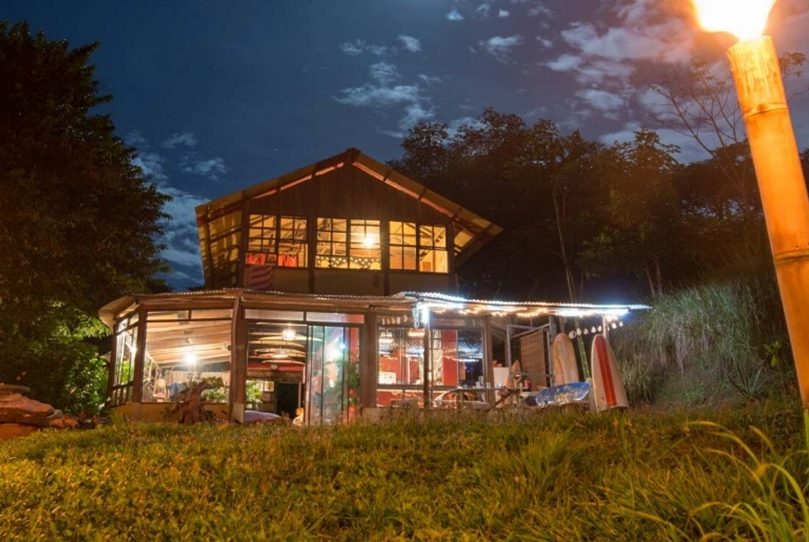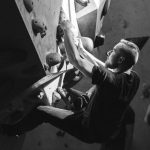Since more than a year now, we face the spread of Covid-19. It has immensely affected our daily lives. Many people have lost their jobs. Activities like going out for a meal, meeting with friends, shopping and travelling have become impossible for the moment, and so did our Practical Training in Lapland.
Blog by Anne Felden
We had applied to many different companies but given the uncertain situation, none of the companies could give us a positive answer. However, we still had our hopes up for HUMAK to find a placement as they have more connections than we students do. Sadly, after months of hoping, HUMAK informed us, that most touristic travels to Lapland had been cancelled. Big companies like TUI had put a stop to their travels, leading the Lappish tourism into a big crisis.
Different times need different measures. Therefore, instead of doing our practical training in Lapland as planned, Lisa and I applied for Recognition of Prior Learning (RPL). The RPL is the possibility of getting courses accredited if you have met the criteria of the courses prior to your studies. Lisa applied for RPL with her job as a camp counsellor in the USA while I applied with my internship, I had completed in Zopilote surf camp, in Costa Rica.
In our two-part blog post we will tell you about our individual experiences in the different working environments.
Working at Zopilote Surfcamp

In 2018 I travelled to Costa Rica with the idea of getting into surfing and finding a place to work at. Once there, I found a very nice Surf Camp on the Pacific Ocean side, to be precise in Santa Teresa.
Though I was worried about the lack of Spanish skills and surfing knowledge, I decided to be open about it.
Luckily, the owner of the camp was from Austria and therefore spoke English and German. They accepted me as a trainee. My main tasks entailed doing the customer service, taking care of the breakfast and cleaning as well as taking care of the overall maintenance of the camp side. Regarding the surfing, I was informed right in the beginning that I would of course not be able to instruct anyone, as that is only allowed with an ISA (International Surfing Association) certificate. However, they would be willing to teach me the basics of surfing and to let me observe the instructor while work. To me this was a perfect example of that you can find placements anywhere. Don’t get discouraged before even trying!
My days usually started early in the morning, around 5am. I had to get up and prepare the first small breakfast. Our guests would leave to their early surf session at 5.30am and a coffee as well as some energizing snacks were very much needed before that. After they had left, I needed to start washing up the dishes.

Next followed checking the new bookings for the day. “How many people will check in? Who is leaving the surf camp? How many available beds do we have? Which cabins need to be cleaned?”, going through these questions helped me get an idea of the daily workload and to adjust my time schedule to it. Shortly after organizing myself, I had to head back to the kitchen again. Our hungry guests would soon arrive back from surfing, and the second breakfast needed to be ready to serve. Preparing this breakfast was a quite time consuming task as we offered a broad variety of fruits and vegetables cut up in pieces, boiled eggs, salad, cereals and much more. Besides all that, I had the task to serve one extra special dish each morning like pancakes, French toast, cake, etc. I always had to have an idea ready for the next days’ special dish so I could check and order the ingredients in advance. Having everything ready in time was not just about working fast but furthermore about good planning and time management. Being organized and prepared, but also flexible and capable of changing the schedule when things don’t go as planned.
Once all the hungry mouths were fed, the guests mostly passed out on the couch to recharge their energy for the next surf session around noon. And as much as I would have liked to take a nap as well, work wasn’t over yet. Instead, I walked to the cabins with new beddings for the guests. By the time I finished with all my cleaning duties it usually was around 1pm. Finally, time for a break.
My break consisted of having a small lunch and getting ready for the surf lessons in the afternoon.

Since I had no surfing practice yet, the first week was all about learning the basics, meaning dry practice on the beach and going into the ”Whitewater”. An improvised drawing of a surfboard in the sand was my guidance. A very simple but good teaching method. I learned about the right Pop-up technique and proper paddling. The Pop-Up describes the 3 step motion on the board when the surfer goes from a laying position to standing on the board. ”Whitewater” signifies the area in front of the beach where the smaller waves break, creating a lot of foam.
We had to warm up, check the waves, estimate where the best spot to enter the water might be and a talk about safety measurements before every surf session. Knowing how to maintain safety in the water while out in the Line-up, further away from the shore is very important. Besides that, knowing about the surf etiquette and acting accordingly is a must before entering into the promising waters. I learned about the different unspoken rules and how to recognize different types of waves.
Some days I had individual surf classes to focus on my technique, other times I had been by the side of the instructor observing how he teaches the students the right way of popping up on the board or helps them catch a wave, by pushing the board to gain speed. Later during my trainee time, I assisted the instructor when teaching about the Pop-Up technique, water safety and surfing etiquette.

The surf sessions usually took about 2 1/2 hours depending on the surf conditions and of course the stamina of us surfers.
After coming back from the surf session all the costumers were happy and exhausted, me included. Therefore, my only task was to stay in the common area in case anybody needed my help. Most of the evenings I was free.
However, when a customer gets stung by a scorpion it doesn’t matter if you are already off work or not. And sometimes accidents happen and you have to act a doctor. Many unpredictable things can happen but that’s what comes along with working outdoors, especially in adventure education. Flexibility and adaptability to the ever-changing situations are key abilities.

My time as a trainee was at times hard, the working hours were long and the surfing lessons tough but I gained a lot of experience and learned many new things, while having a lot of fun. I was given a unique opportunity to get a deeper insight into a job in the tourism industry as well as into instructing. It was a very special and educational time.
In Part 2 of our Blog Post Lisa will tell you all about her experiences in Summer Camp! Enjoy reading.
If the post caught your attention and you might want to check out some surfer slang or the surf place itself, here are the links!
Zopilote Surfcamp – Come as a guest, leave as a friend! (zopilote-surfcamp.com)
Surfing Etiquette – The Surfing Handbook
Surfer Slang 101 | Stoked School of Surf (stokedsurfschool.com)
The Different Types of Surfing Waves You Should Know About – BookSurfCamps.com






